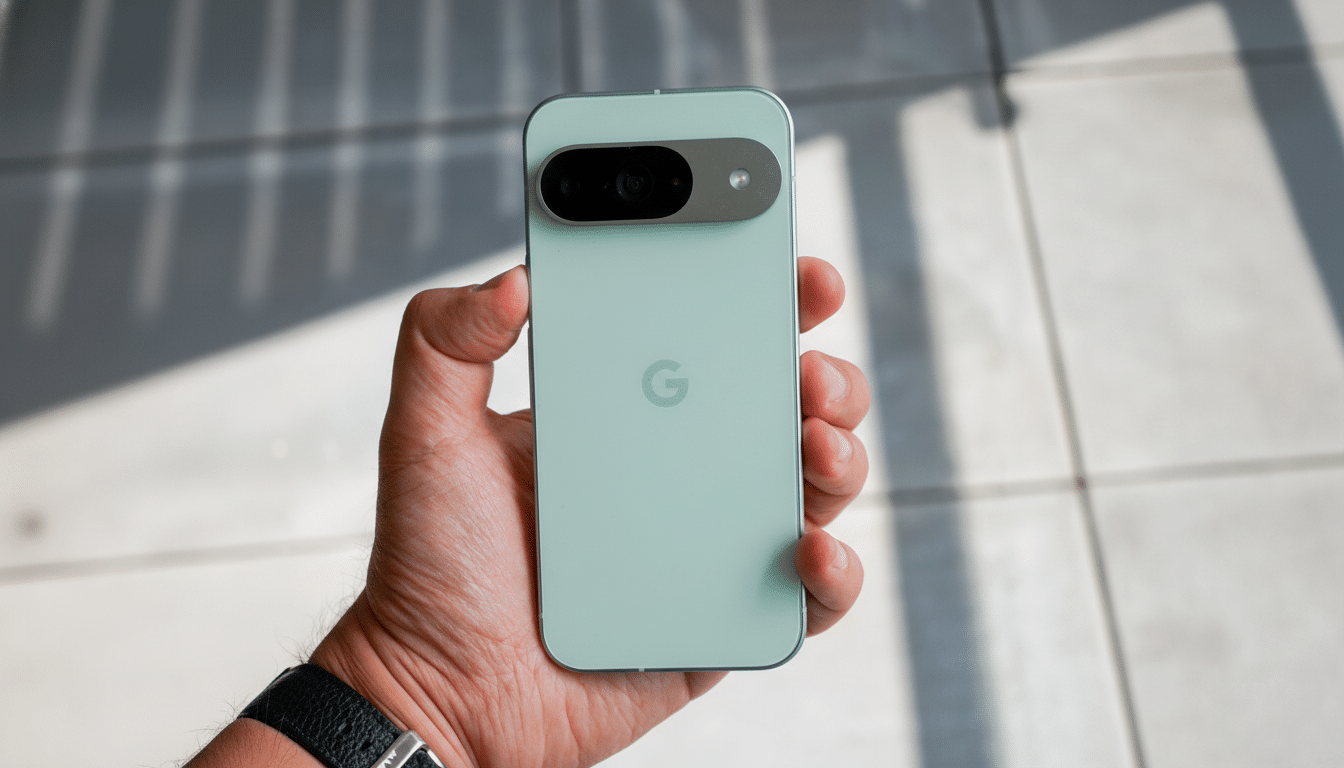Verizon accidentally posted the complete changelog for Google’s November Pixel update, a list of fixes and improvements, before yanking the page. The early posting indicates a launch is around the corner, with Pixel users soon to receive an over-the-air release as Google readies distribution.
What Verizon’s Changelog Revealed About the Update
Per the carrier’s listing — which Droid Life nabbed before it was pulled — the update focuses on five areas: Audio, Battery & charging, Camera, Framework, and Security. That mix is a recurring monthly cadence for Pixel, but the focus at least hints at which hot spots Google has been tidying up since Android 14’s release.
- What Verizon’s Changelog Revealed About the Update
- Which Pixel Devices Are Expected to Receive the Update
- Rumors Point to a Quick Feature Drop in This Release
- Why Early Verizon Update Posts Matter for Pixel Users
- How to Prepare and What to Watch After Updating Pixels
- Bottom Line on the Imminent November Pixel Update

- Audio
- Battery & charging
- Camera
- Framework
- Security
Audio updates usually concentrate on Bluetooth connectivity, codec stability, and call quality — problem areas that some users report as hit-and-miss dropouts or muffled voice with particular headphones and in-car systems.
Battery & charging: On that note, there are often a variety of general improvements to idle drain and thermal behavior, as well as charging negotiation with USB-PD and Qi accessories — especially timely given more Pixel owners using high-wattage third-party chargers and wireless pads.
It’s the Camera bucket we need to keep an eye on. Monthly updates adjust HDR exposure, white balance, and shutter lag with subtle changes that can yield large gains in challenging lighting. Pixel’s image pipeline is very much a moving target, and Google often delivers iterative fixes to manage skin tones, minimize motion blur in low light, and adjust video EIS/OIS behavior.
Framework changes, meanwhile, are what support app compatibility and system services: they can quiet background crashes and smooth out animation jitter without flashy release notes.
Security rounds out the set. You can anticipate Google’s monthly bulletin to include patches squashing problems inside the framework, system, and kernel, as well as patches addressing vendor modules like GPU and modem firmware. These updates typically fix the security flaws revealed as CVEs, and are among the biggest incentives to install monthly patches without delay.
Which Pixel Devices Are Expected to Receive the Update
Although some pages for various models showed fresh build numbers on Verizon’s site, it seems that not all device pages were updated before the carrier rolled back its posts. In the past, Google’s monthly upgrade has applied to all supported Pixels, spanning recent generations dating back to the 6 and through the 7 and 8 families, the A-series, Pixel Fold, and Pixel Tablet. Carrier-linked devices may be a little behind the unlocked ones as they have to go through network certification, but availability should even out within a few days.

If you’re a Verizon customer, the carrier’s early posting means the update should be through internal testing. Unlocked editions should follow the same timeline, assuming Google flips the server-side switch on schedule. As is always the case with staged rollouts, not everyone will get the notification at once, and checking in Settings manually could bring it up sooner.
Rumors Point to a Quick Feature Drop in This Release
Alongside the bug fixes, word circulating through industry channels suggests that Google has worked in a couple of new features to keep up morale before the usual quarterly. Feature Drops usually arrive in December, March, June, and September, but Google sometimes adds smaller things to monthly updates as components are ready. Don’t expect a blockbuster bundle — that’s more of a December thing — but modest updates for system apps, camera modes, or safety features would be in keeping with the pattern.
Why Early Verizon Update Posts Matter for Pixel Users
This isn’t the first time Verizon has uploaded Pixel changelogs ahead of Google’s unveiling. Carriers have their own software update pages where you can follow along with certification status, build IDs, and any issues known to the company — and those pages can sometimes go live before they’re supposed to. For users, that can offer a helpful peek at what’s inside, even if the fine points are briefly online.
It also points to how choreographed and formulaic the monthly updates have become. Google’s pipeline pushes out patches against bug reports raised on the Google Issue Tracker and community forums with device-specific problems, while carriers confirm radio and emergency services behavior. If a carrier page moves early, it typically signifies that the update is close at hand and not weeks away.
How to Prepare and What to Watch After Updating Pixels
Before installing, make sure key data is backed up, you have at least 40% battery, and you are connected to Wi‑Fi. Monthly Pixel patches are generally a few hundred megabytes in size, though that will differ depending on the type of device you own and whether you’re coming from last month’s update.
After updating, allow the phone a day to settle background optimizations. Keep a lookout for improved Bluetooth stability during calls and music, better camera performance in low-light scenarios, and reduced idle drain overnight. If you depend on more niche accessories — wireless chargers, USB-C hubs, or car systems — test them early, and if they stop working, report those regressions with the included feedback tools so that fixes can be fast-tracked.
Bottom Line on the Imminent November Pixel Update
Verizon’s little oopsie has locked in some expectations: a security patch plus targeted fixes for audio, battery, camera, and core system services at the least. Given that it already prepared and then yanked a handful of device pages, the November Pixel update seems like it’s going to ship. Check your system update panel — it’s likely just a tap or two away.

